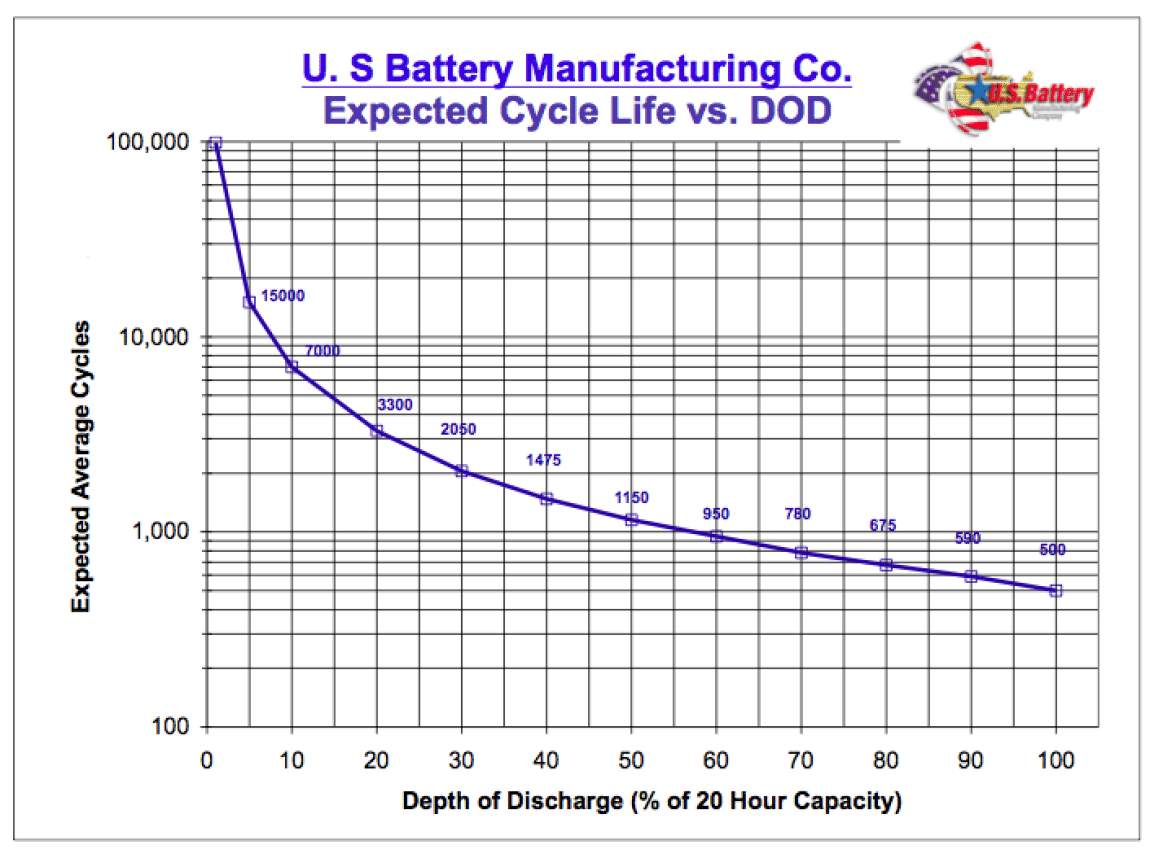If we want to compare spec sheets, LiFePO4 claim to be able to cycle to 100% DOD (aka stone bone dead) ~2000 times:

Standard deep cycle lead acid batteries also claim to be able discharge to 100% DOD ~500 times, so I don't really see a difference here, particularly given that none of this is backed up with actual data:

Contrary to the marketing materials SiO2 batteries absolutely do sulphate. Like other gel cells, they are less sensitive to this reaction path, but the fundamental electrochemistry is still the same sulfuric acid/lead/lead oxide reaction.
This brings up the point that'SiO2' batteries behave almost exactly the same as Gel Cell lead acid batteries, as that is essentially what they are. Gel cells are based on a sulfuric acid electrolyte, thickened with silica powder (aka SiO2):
https://en.wikipedia.org/wiki/VRLA_battery#Gel_battery
'SiO2' just has a higher silica content than traditional gel cells. There is no magic here.

